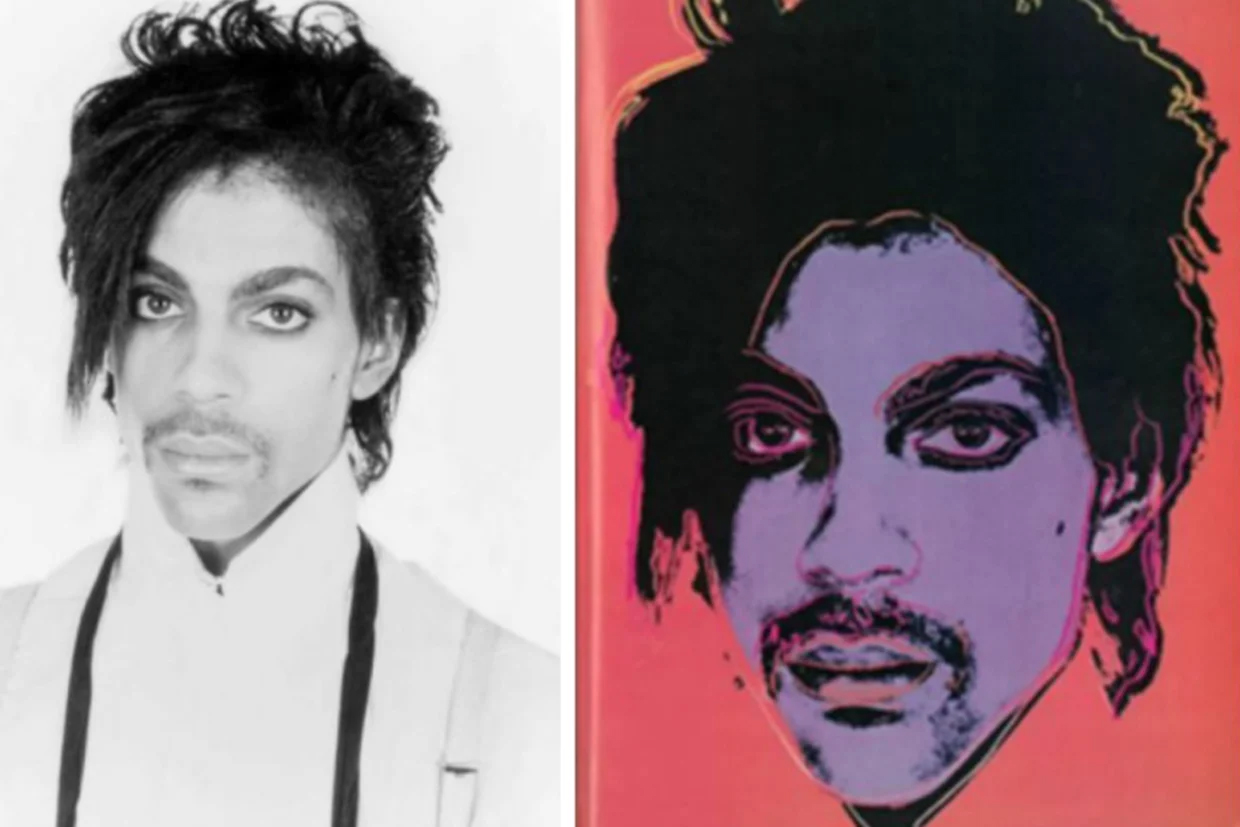If you use a piece of another artist’s work in your own artwork, can you confidently proceed, knowing that the “fair use” defense under copyright law will save you from a lawsuit? In the current state of American IP law: No.
Fair use came about as a way to respect a clause in the U.S. Constitution regarding the establishment of intellectual property laws “[to] promote the Progress of Science and the Useful Arts …” That is, intellectual property and individual ownership of copyrights, trademarks, and patents should only be enforced insofar as it is useful for invention and creativity. In layman’s terms, sometimes a little bit of copying needs to be tolerated so that innovation can flourish.
However, the determination of fair use under copyright law is much hazier than creators might like it to be. We see this in a case currently underway with the Supreme Court over a surprising artist who is known for copying others’ works – Andy Warhol.
The Original Photographs
The case in question revolves around a photo of Prince taken by the photographer Lynn Goldsmith, which Warhol transformed into illustrations in 1984 for Vanity Fair.
At the time, Warhol made a collection based on the photo. Vanity Fair’s licensing permitted them to publish one.
The Re-Emergence of the Photos: Claims and Counterclaims
The 1984 illustration was a neat and clean package of licensing. The situation became messier when the magazine reprinted the Warhol portrait upon Prince’s death in 2016 – and gave the Andy Warhol Foundation (AWF) credit.
Goldsmith noticed her photo being used anew without licensing. When she reached out to AWF, they went straight to the courts to protect their fair use of the copyrighted works – prompting Goldsmith to counterclaim for copyright infringement.
One wonders how this case would have gone if AWD had not preemptively sought legal action.
Instead, the Warhol painting-illustration was subject to evaluation under four tenets of fair use copyright, quoted as follows:
- The purpose and character of the use, including whether such use is of a commercial nature or is for nonprofit educational purposes
- The nature of the copyrighted work
- The amount and substantiality of the portion used in relation to the copyrighted work as a whole
- The effect of the use upon the potential market for or value of the copyrighted work.
Lower Courts Flip Flop
The District court and Second Circuit Court of Appeals clashed when interpreting these four factors. The lower District court found that Warhol focused on the transformative aspect of the illustration. They asserted that Warhol had imbued the photo with new meaning, so it was entitled to fair use copyright protections.
The Second Circuit disagreed. They drew a line based on purpose. When Warhol copied commercial logos, like the Campbell’s soup label, he was turning a consumer symbol into art. When Warhol copied another artist’s photograph, he was merely turning artwork into another artwork. The court ruled it too similar.
SCOTUS Prepares to Weigh In
AWF appealed to the Supreme Court, which granted certiorari (a higher court reviewing a lower court’s decision) in April. Whether they rule in favor of Goldsmith or AWF, the decision will hopefully crystallize fair use copyright standards with greater clarity.
